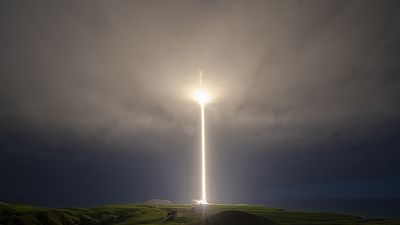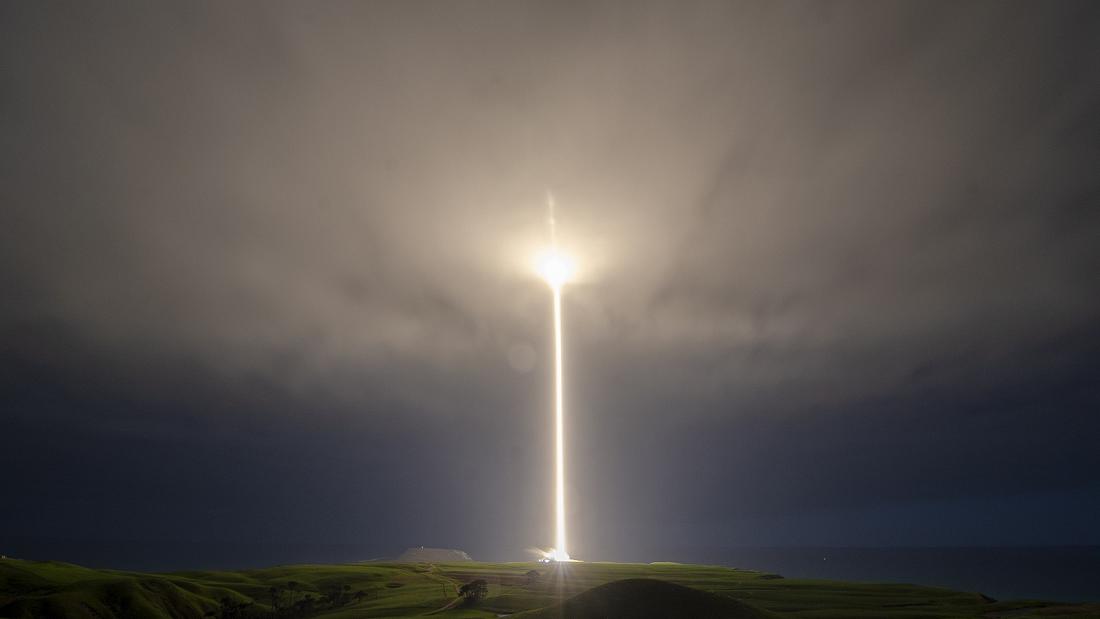How do you reuse a space rocket after launch? Catch it midair with a helicopter (No, really)

Small rocket builder Rocket Lab USA Inc is gearing up for a mission that seems more appropriate for a big-budget action film: catching a falling four-story-tall rocket booster with a helicopter.
The California-based company is trying to slash the cost of spaceflight by reusing its rockets, a trend pioneered by billionaire tech entrepreneur Elon Musk’s SpaceX.
But unlike SpaceX’s reusable, two-stage rocket Falcon 9, which reignites its engines to return to Earth, Rocket Lab aims for a helicopter with two pilots to pluck a 39-foot-tall (11.9-meters-tall) booster stage from mid-air using a combination of ropes, parachutes and a heatshield.
“I’m pretty confident that if the helicopter pilots can see it, they’ll catch it,” Rocket Lab Chief Executive Peter Beck told Reuters.
“If we don’t get it this time, we’ll learn a bunch and we’ll get it the next time, so I’m not super worried”.
Hinging on good weather, the capture test is due to take place off the coast of Mahia, New Zealand, the location of Rocket Lab’s primary launch site (10.35 AM on Saturday at the launch location or 11.35 PM CET on Friday).
Rocket Lab, which went public in 2021 through a blank-check merger led by Vector Capital which valued it at $4.1 billion (€3.9 billion), has launched roughly two dozen missions to orbit for a mix of government and commercial customers, three of which ended in mission failures.
The growing field of small rocket companies also includes Astra Space and Richard Branson’s Virgin Orbit.
Recovering rocket boosters via parachutes and helicopters instead of using its engines to land vertically means the rocket does not need to save extra – and heavy – fuel for a “propulsive” landing like SpaceX’s Falcon 9, Beck said.
And landing rockets vertically is trickier for smaller, lighter rockets, according to engineers.
Rocket Lab’s helicopter capture test is set to take place after the company’s Electron rocket launches 34 small satellites in a mission that Rocket Lab named “There and Back Again”.
After the first stage booster launches to space and releases its satellite-topped second stage toward orbit, it is designed to fall back to Earth at eight times the speed of sound, re-entering the atmosphere along a narrow path to rendezvous with the helicopter, which is equipped with tracking computers.
The booster stage is designed to deploy a series of parachutes to brake its speed. If all goes well, pilots would steer the helicopter, dangling a long cable underneath, toward the parachuting booster, hook onto it and carry it back to land.
A video of a previous test showed a dummy rocket stage drifting down beneath a parachute, with a smaller, secondary chute stretching the capture line to the side of the rocket, making it easier for the helicopter’s vertically hanging hook line to catch on. The helicopter remains well above the rocket.
“Every piece we’ve successfully tested individually, now it’s just an orchestra to conduct,” Beck said. “If we can use a rocket twice, then we’ve just doubled our production”.






























